Dogs pant to regulate their body temperature, but excessive panting could indicate an underlying health issue. As a responsible pet owner, it’s crucial to understand why your furry friend might be panting excessively and how to address it. Let’s delve into this topic with a complete guide to excessive panting in dogs.
Contents Overview
Understanding Excessive Panting
Panting is a natural behavior in dogs that helps regulate their body temperature. Unlike humans, dogs don’t sweat to cool down; instead, they rely on panting as their primary means of thermoregulation. When a dog pants, they rapidly exhale air, which evaporates moisture from their tongue and the lining of their respiratory tract, effectively cooling them down.
Characteristics of Panting:
- Normal Behavior: Panting is a normal physiological response to various stimuli, including physical exertion, heat, excitement, or stress.
- Visible Signs: During panting, a dog’s mouth remains open, and they may stick out their tongue. The breathing is typically rapid and shallow.
- Purpose: Panting helps dogs release excess heat from their bodies, allowing them to maintain a stable internal temperature.
Excessive Panting in Dogs:
Excessive panting, on the other hand, deviates from the typical pattern of panting seen in dogs. It refers to prolonged, heavy, or labored panting that occurs without an obvious trigger or in situations where it’s not warranted. Excessive panting can be a sign of an underlying health issue or discomfort, and it’s essential for dog owners to recognize the difference between normal panting and excessive panting.
Defining Excessive Panting:
- Duration and Intensity: Excessive panting is characterized by prolonged periods of heavy breathing that exceed what is considered normal for the given situation.
- No Apparent Trigger: Unlike normal panting, excessive panting may occur without an obvious cause, such as heat or exertion.
- Accompanying Symptoms: Excessive panting may be accompanied by other signs of distress or discomfort, such as drooling, restlessness, or lethargy.
- Interference with Normal Activities: Dogs experiencing excessive panting may have difficulty engaging in regular activities, such as eating, sleeping, or playing.
Causes of Excessive Panting
Excessive panting in dogs can stem from various underlying causes, ranging from environmental factors to medical conditions. Understanding these causes is crucial for identifying and addressing the root issue behind your dog’s excessive panting. Here’s an in-depth look at the potential triggers:
- Heatstroke:
- Dogs are highly susceptible to heatstroke, especially in hot and humid conditions.
- When a dog’s body temperature rises excessively, they may pant excessively as a way to dissipate heat.
- Heatstroke can occur if a dog is left in a parked car, exposed to high temperatures for extended periods, or engaged in strenuous activity in hot weather.
- Anxiety or Stress:
- Dogs may pant excessively in response to stressors such as thunderstorms, fireworks, separation anxiety, or being in unfamiliar environments.
- Panting can be a coping mechanism for dogs experiencing fear, anxiety, or stress.
- Pain or Discomfort:
- Dogs in pain from injuries, illnesses, or medical conditions may pant excessively.
- Conditions such as arthritis, dental issues, gastrointestinal problems, or urinary tract infections can cause discomfort and lead to increased panting.
- Panting may also be a response to post-operative pain or discomfort.
- Respiratory Issues:
- Respiratory conditions such as pneumonia, bronchitis, laryngeal paralysis, or collapsing trachea can cause breathing difficulties and lead to excessive panting.
- Heartworm disease can also impact respiratory function and contribute to panting.
- Obesity:
- Overweight or obese dogs are more prone to excessive panting due to the extra strain on their cardiovascular and respiratory systems.
- Excess body fat can impair a dog’s ability to regulate body temperature, leading to increased panting, especially during physical activity.
- Medication Side Effects:
- Certain medications may cause panting as a side effect.
- For example, corticosteroids, antihistamines, and some pain medications can induce panting in dogs.
- If your dog starts panting excessively after starting a new medication, consult your veterinarian to discuss potential alternatives or adjustments to the dosage.
Recognizing Symptoms
Recognizing symptoms of excessive panting in dogs is vital for prompt intervention and addressing any underlying issues that may be causing discomfort or distress to your furry friend. Here’s a detailed explanation of the symptoms to watch out for:
- Rapid, Heavy Breathing:
- Excessive panting is characterized by rapid and heavy breathing that exceeds what is considered normal for the given situation.
- The dog may appear to be struggling to catch their breath, with exaggerated and labored inhalations and exhalations.
- Drooling or Excessive Salivation:
- Excessive panting may be accompanied by drooling or excessive salivation in some dogs.
- The dog’s mouth may appear wetter than usual, and droplets of saliva may be observed dripping from their mouth.
- Changes in Gum Color:
- Monitor the color of your dog’s gums as an indicator of their overall health.
- Excessive panting can sometimes lead to changes in gum color, such as bright red gums indicating heatstroke or bluish gums indicating respiratory distress.
- Lethargy or Weakness:
- Dogs experiencing excessive panting may exhibit signs of lethargy or weakness.
- They may appear less active than usual, reluctant to engage in physical activity, or may even show signs of fatigue or collapse.
- Restlessness or Discomfort:
- Excessive panting can be accompanied by signs of restlessness or agitation in dogs.
- They may pace, whine, or exhibit other behaviors indicative of discomfort or distress.
- Inability to Stand or Collapse:
- In severe cases, dogs may be unable to stand or may collapse due to exhaustion or heatstroke.
- This is a critical emergency situation requiring immediate veterinary attention.
What to Do:
When faced with a situation where your dog is panting excessively, it’s essential to take immediate actions to address any potential health concerns and ensure their well-being. Additionally, implementing long-term solutions can help prevent recurrent episodes of excessive panting and promote your dog’s overall health and comfort. Let’s explore both immediate actions and long-term solutions in detail:
Immediate Actions:
- Move to a Cool Area:
- If your dog is panting excessively due to heatstroke or overheating, move them to a cooler environment immediately.
- Find a shaded area or bring them indoors where the temperature is cooler to help lower their body temperature.
- Offer Water:
- Provide your dog with access to fresh, cool water to drink.
- Avoid giving ice-cold water, as this can shock their system. Instead, offer water at room temperature or slightly chilled.
- Cooling Measures:
- Use damp towels or cloths to wet your dog’s fur, especially around the neck, chest, and paw pads.
- You can also use a fan or air conditioning to facilitate cooling and help lower your dog’s body temperature gradually.
- Monitor Closely:
- Keep a close eye on your dog’s condition and monitor their breathing, gum color, and overall behavior.
- If your dog’s condition does not improve or if they exhibit signs of distress, seek veterinary attention immediately.
Long-Term Solutions:
- Regular Exercise:
- Provide your dog with regular exercise to maintain a healthy weight and condition.
- Engage in activities such as walks, playtime, or interactive games to help keep your dog physically and mentally stimulated.
- Stress Management:
- Address any underlying anxiety or stress triggers that may contribute to your dog’s excessive panting.
- Practice positive reinforcement training techniques, provide a safe and secure environment, and offer comfort during stressful situations.
- Regular Vet Check-ups:
- Schedule regular veterinary visits for preventive care and health screenings.
- Your veterinarian can monitor your dog’s overall health, detect any underlying issues early on, and provide appropriate treatment or management strategies.
- Proper Diet:
- Feed your dog a balanced and nutritious diet that meets their specific dietary needs.
- Avoid overfeeding and monitor your dog’s weight to prevent obesity, which can exacerbate respiratory issues and lead to excessive panting.
- Medication Management:
- If your dog is on medication, follow your veterinarian’s instructions carefully and monitor for any potential side effects, including excessive panting.
- Inform your veterinarian of any adverse reactions or changes in your dog’s condition.
Bottom Line
Excessive panting in dogs can be a sign of various underlying issues, ranging from heatstroke to medical conditions. As a dog owner, it’s essential to recognize the signs of excessive panting and take appropriate action to ensure your furry friend’s well-being. By understanding the causes, symptoms, and appropriate responses to excessive panting, you can help keep your dog happy, healthy, and comfortable. Always consult with your veterinarian for personalized advice and treatment options tailored to your dog’s specific needs.

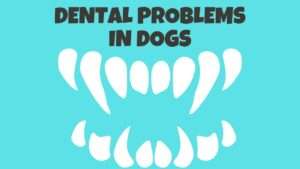










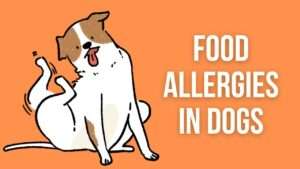




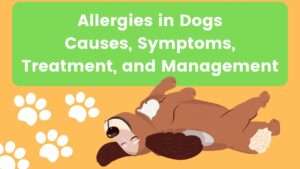
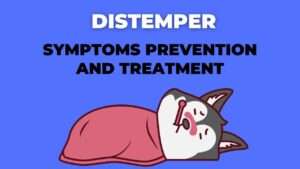
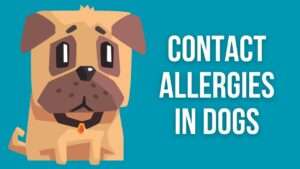




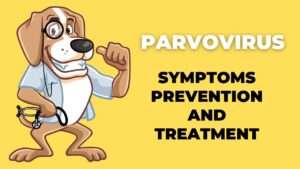

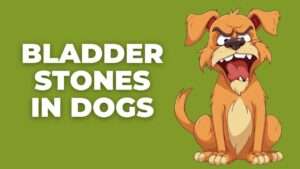
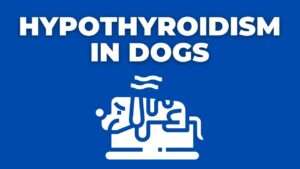







+ There are no comments
Add yours